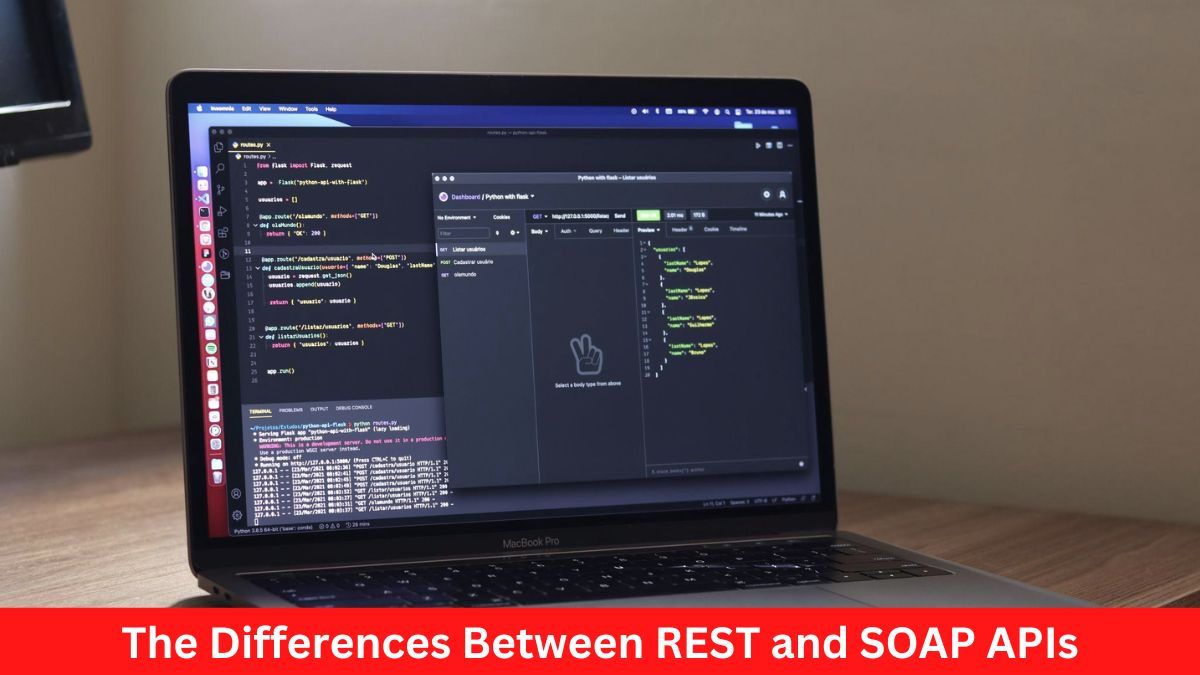As technology continues to evolve, the need for seamless and efficient communication between applications has become more critical. SOAP and REST are modern web applications’ most popular communication protocols. In this article, we’ll explore the key differences between the two.
What is SOAP?
SOAP stands for Simple Object Access Protocol. It is a messaging protocol developed in the late 1990s based on the XML standard. SOAP messages are typically sent over HTTP, but other transport protocols can also be used.
One of the key features of SOAP is its support for the WS-* standards, which include security, transactions, and reliable messaging. This makes SOAP a good choice for enterprise-level applications that require these features.
SOAP messages are also more structured than REST messages, making them easier to validate and process. However, this structure can make SOAP messages more cumbersome and less flexible than REST messages.
What is REST?
REST stands for Representational State Transfer. It is an architectural style that was first introduced by Roy Fielding in his 2000 doctoral dissertation. RESTful APIs use HTTP requests to post, read, and delete data.
REST is based on constraints, including client-server architecture, statelessness, and cacheability. This makes RESTful APIs more scalable and easier to maintain than SOAP APIs.
Unlike SOAP, REST does not have a standard message format. Instead, it uses HTTP methods (GET, POST, PUT, DELETE) and resource URIs to perform actions on resources. This makes RESTful APIs more flexible and easier to work with than SOAP APIs.
Key Differences Between REST and SOAP
Message Format: SOAP messages are structured and have a standard format, while REST messages can have any format.
Transport Protocols: SOAP messages are typically sent over HTTP, but other protocols can also be used. REST messages are always sent over HTTP.
WS-* Standards: SOAP supports the WS-* standards for security, transactions, and reliable messaging. REST does not have any standard protocols for these features.
Scalability: RESTful APIs are more scalable than SOAP APIs because they are stateless and have cacheability built-in.
Flexibility: RESTful APIs (e.g., ipbase.com) are more flexible than SOAP APIs because they do not have a standard message format.
Conclusion
Choosing between SOAP and REST depends on your project’s requirements. SOAP might be the best choice regarding advanced security features or reliable messaging.
On the other hand, REST is more flexible and scalable. However, REST has advantages over SOAP if you need a scalable and flexible API. Lastly, both protocols have strengths and weaknesses, and the decision should be based on your specific use case.
